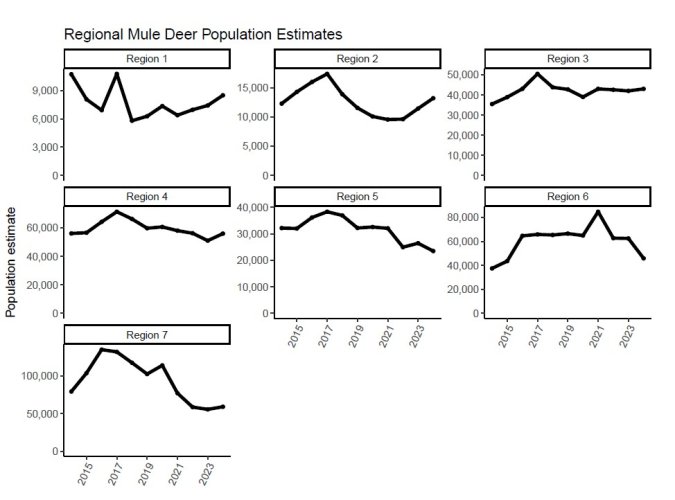antlerradar
Well-known member
Arguing for change because we need more big deer is a losing proposition. We need some change to stop the progression of LE across the state, Spread out hunting pressure, slow the spread of commercialization/loss in BM and improve access. None of this is going to happen if we keep everything the same.Ultimately, any argument that will be compelling/convincing enough to drive change is going to have be based on data. Ideally, using data that can prove your point. Or, in the abscence of that, proving that their data and associated long term understanding is flawed. They dont agree with the anecdotes and opinions (of a minority), and the science is on their side (from their perspective) for keeping seasons as they are. Thats my takeaway from the podcast, unfortunately.





